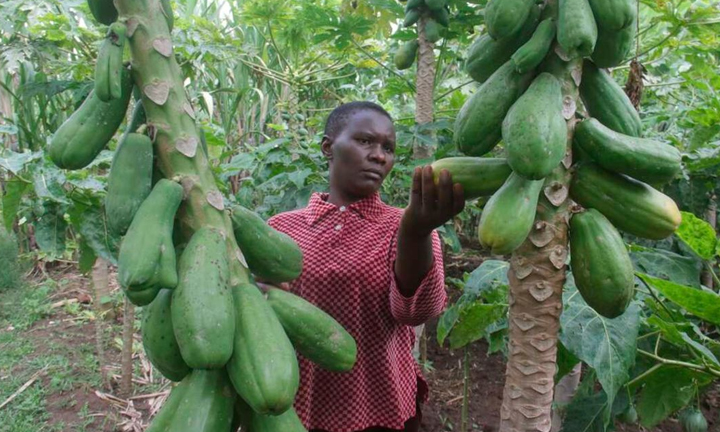SOURCE: Pauline Kairu, The East African
Kenya has stepped up the use of the encyrtid wasp to manage the papaya mealybug, which is ranked among top pests affecting papaya and other horticultural crops. The mealybug is also a serious threat to greenhouse farms and can devastate whole crops if left unmanaged.
Scientists from the Centre for Agriculture and Bioscience International (Cabi), the Kenya Agricultural and Livestock Research Organisation (Kalro) and the Kenya Plant Health Inspectorate Services (Kephis) have been carrying out tests on the parasitic wasp as a biological control against the mealybug, and say it holds promise for the pest’s control.
The team of scientists said Tuesday it would mass produce the wasp from the current 12,000 parasitoids per month to 40,000 per month for area-wide releases.
As a parasitoid, the wasps spend their larval stage on the papaya mealybugs feeding on the host and eventually killing it.
Farmers on board
Dr Ivan Rwomushana, senior scientist Invasive Species Management at Cabi, said the study had convinced farmers of the suitability and cost effectiveness of the wasps as a viable control for papaya mealybug. According to Cabi, farmers spray their pawpaw trees up to 16 times in a season to control this pest, using highly hazardous pesticides.
He said they would support communities to mass produce the parasitoid and conserve those that are released on their papaya fields.
The papaya mealybug (Paracoccus marginatus) — a whitish cottony mass of insects — originated from Central America before spreading to the Caribbean and South America in the 1990s. It was first detected in Africa in 2010 in Ghana and in Mombasa in 2016. The researchers say more than half of Kenya has been invaded by the mealybug and its impact has led some papaya farmers to abandon farming the fruit altogether.
Papaya is the fourth most important fruit crop in Kenya after oranges, mangoes and bananas, but the mealybug has devastated production in over 53 percent of producing counties in the span of just four years. Economic damage from the mealybug has been estimated at $2,984 per hectare annually as crop losses range from 53 percent to 100 percent.
“And even then the spraying is a gamble because the waxy coating of the mealybug makes it difficult for pesticide sprays to penetrate and kill the insect,” explained Mr Makale.
Besides, he says, “the pest tends to eventually develop resistance to pesticides and pesticides that are toxic enough to affect mealybugs will impact on other beneficial populations.”

